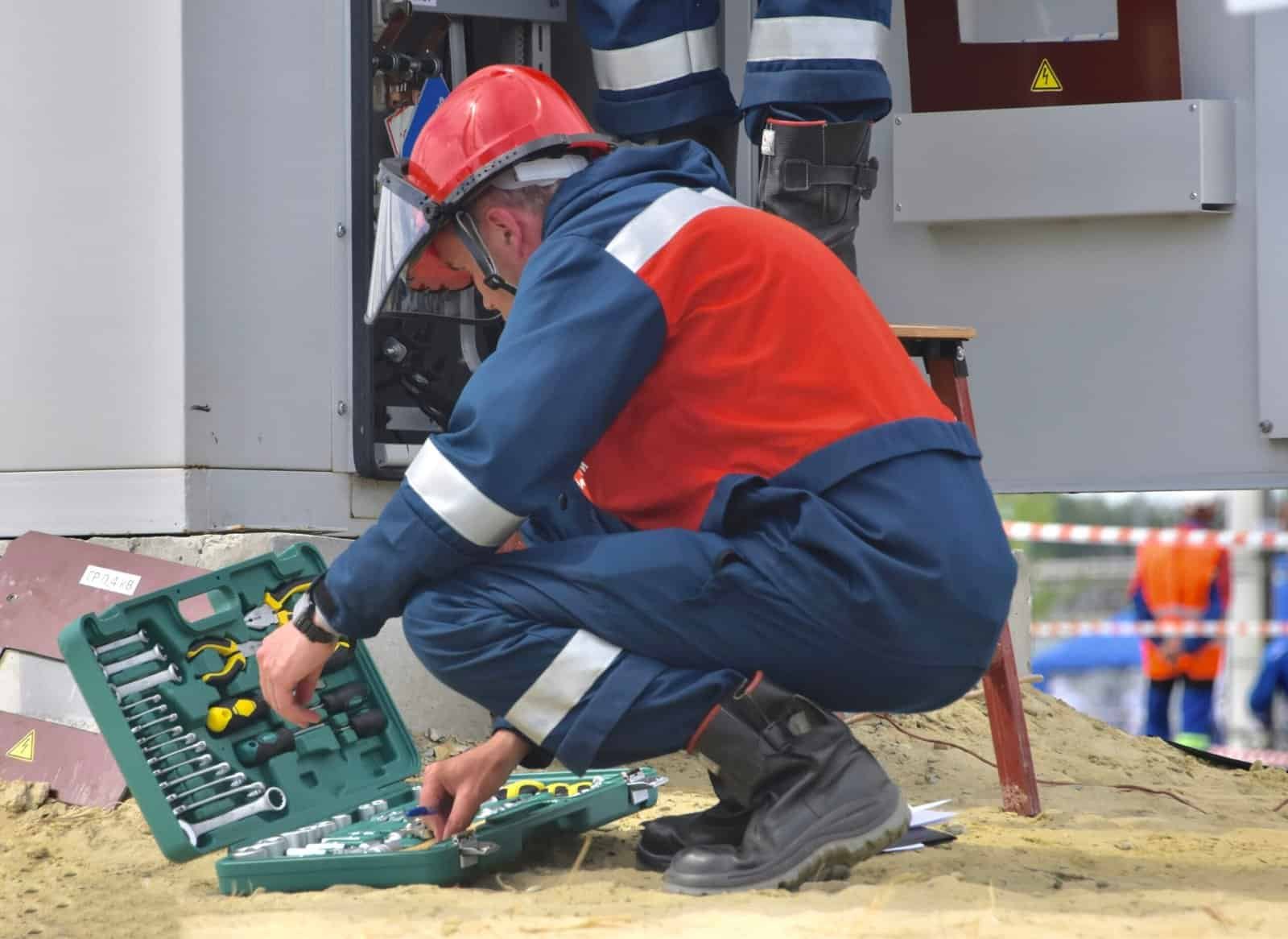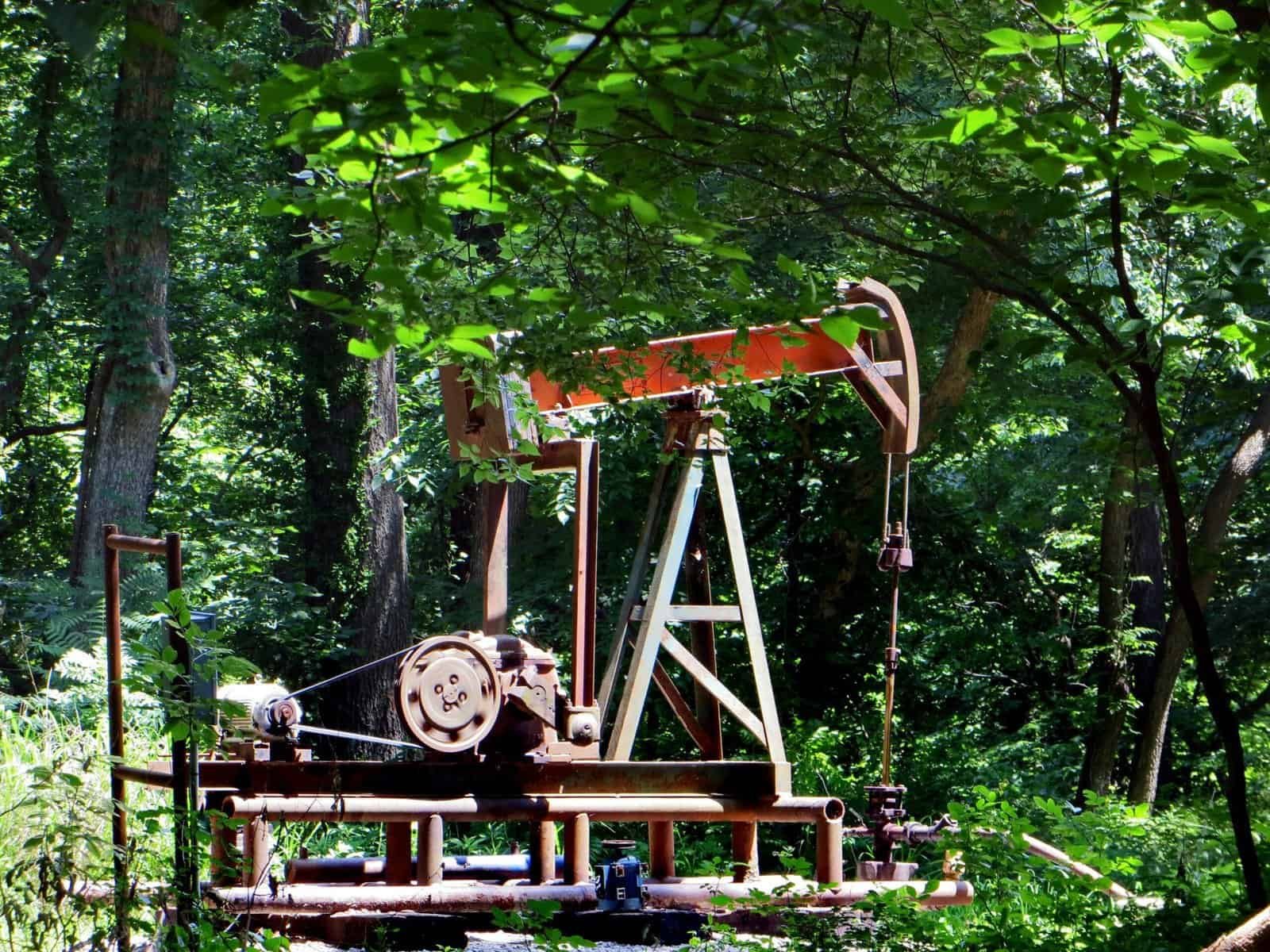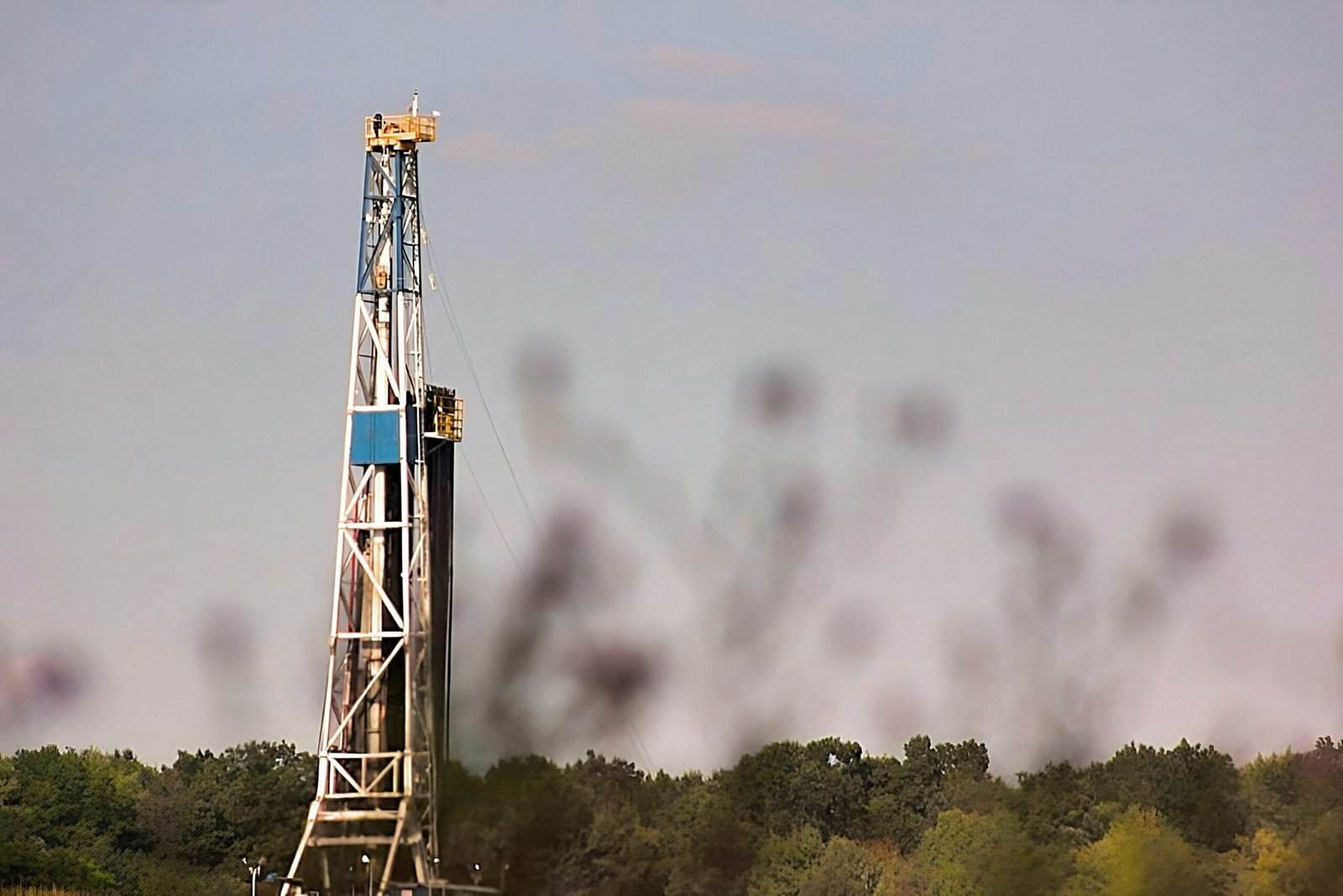Have you ever wondered how much it costs to drill a new well? As someone interested in starting a personal water supply, or simply curious about how the process works, understanding the factors that influence the cost is crucial. Drilling a new well can be a significant project, and knowing both the costs and what affects them can help you make an informed decision.

Understanding the Basics of Well Drilling
Drilling a well involves creating a hole in the ground to access underground water sources. Whether it’s for residential, agricultural, or industrial use, a well can be a valuable asset. However, the financial aspect can vary widely based on several determinants.
What is Involved in Well Drilling?
When you decide to drill a well, several steps are involved, including site evaluation, obtaining necessary permits, hiring a professional driller, and maintaining the well after installation. Here’s a brief overview:
Site Evaluation: Identifying the best location for a well involves understanding the geological features and water table in your area.
Permits and Regulations: Drilling a well typically requires obtaining permits from local authorities. Understanding the legal requirements is essential.
Drilling Process: A professional driller will use specialized equipment to bore into the ground, install necessary casings, and secure a reliable water source.
Insufficient preparation at any stage can lead to unexpected costs or challenges, so each step should be carefully planned and executed.
Types of Wells
Before proceeding with the drilling, understanding the types of wells available can guide your choice. Each type has different uses and cost implications.
Dug Wells: Traditional and often shallow, these wells are typically hand dug and can be lined with stones, bricks, or tiles.
Driven Wells: These are constructed by driving a small-diameter pipe into shallow water-bearing sand or gravel. They’re inexpensive but limited in capacity.
Drilled Wells: The most common modern wells, drilled with rotary or cable tool methods, reaching significant depths and offering higher water yield.
Each type varies in both functionality and cost, with drilled wells generally being more expensive but also more reliable.
Detailed Cost Breakdown of Drilling a New Well
Several factors contribute to the overall cost of drilling a new well. Understanding these can help you budget effectively.
Factors Influencing Well Drilling Costs
The cost to drill a well can range significantly based on a number of elements:
Depth of the Well: Simply put, deeper wells cost more to drill. The deeper the water table, the more labor and material required.
Geological Conditions: Hard rock formations or unstable soil can complicate drilling, increasing time and costs.
Type of Casing: Different materials used for casing (steel, PVC) have different costs. The casing is necessary to protect the well structure.
Location: Remote areas may incur additional transportation and logistics expenses. Also, if you’re in an area with difficult access, costs can rise.
Water Quality Treatments: Post-drilling, there may be an added expense for treatments to ensure water quality. This could include filtration systems if the water contains unwanted minerals or chemicals.
Here’s a simplified cost approximation for better understanding:
| Cost Factor | Estimated Price Range |
|---|---|
| Per Foot Drilling | $15 – $30 |
| Casing | $10 – $30 per ft (material dependent) |
| Pump Installation | $300 – $2,000+ |
| Additional Unspecific | $500 – $2,000 (permits, testing) |
These estimates can help you prepare for the possible financial outlay involved.
Additional Costs and Considerations
Besides the immediate drilling costs, several additional expenses and considerations are relevant.
Well Installation Accessories
To ensure the well is fully operational, you’ll likely need pumps, pressure tanks, and perhaps a filtration system, among other accessories.
Water Pumps: The type of pump (submersible or centrifugal) will depend on the well’s depth, affecting both performance and cost.
Pressure Tanks: Essential for regulating water pressure, maintaining a consistent supply, and reducing wear on the pump.
Long-Term Maintenance and Ownership Costs
Once installed, a well requires regular maintenance. This can include:
Routine Inspections: Periodic checks for water quality and mechanical issues will ensure longevity and safety.
Pump Repairs or Replacements: Pumps might need repairs or replacements every 7 to 10 years, depending on usage.
Water Treatment: Ensuring potable water might involve continuous filtration or softening processes, adding to ongoing ownership costs.
Understanding these additional costs is crucial in ensuring your budget accounts for both initial and long-term expenditures.
Navigating Legal Requirements
Legal requirements surrounding well drilling can vary by region, so it’s essential to do your homework before starting.
Do I Need to Register My Well with the County?
Often, registering your well with the county is a legal requirement. This usually involves:
Permit Acquisition: Before drilling begins, you’ll likely need a permit outlining your intent and ensuring compliance with local standards.
Post-Drilling Registration: Once the well is operational, registering with the local authorities might be necessary for record-keeping and monitoring purposes.
Understanding Environmental Regulations
Drilling a well comes with environmental responsibilities. You need to be mindful of:
Impact Assessments: These evaluations determine the effect your drilling might have on the local ecosystem.
Compliance with Water Standards: Ensuring that water usage abides by local and federal regulations can prevent legal repercussions and protect natural resources.
Navigating these legal requirements can be overwhelming, so consulting with an expert well driller or legal advisor is advisable.

Making Informed Decisions
Choosing to drill a new well is a big step, so having all the facts is crucial to making an informed decision.
Choosing the Right Drilling Contractor
One of the most critical decisions is selecting the right contractor. Here’s what to consider:
Experience and Reputation: Look for licensed and insured contractors with a solid track record.
Provided Warranty and Service Guarantees: These can offer peace of mind, knowing the work and materials are covered.
Cost vs. Quality: While cost is important, the cheapest option may not be the best. Consider value for quality service.
Request quotations from multiple contractors to compare their offerings and make an educated choice.
Assessing Your Water Needs
Understanding your water needs can determine the well type and size:
Household vs. Agricultural Usage: Different uses have varied water demands, impacting well specifications.
Future Needs: Considering potential growth ensures your well can meet increasing demands without expensive modifications.
Accurately assessing these needs can prevent over or undersizing your well, optimizing both functionality and cost.
Conclusion
Drilling a new well can be a rewarding venture, offering independence and a reliable water supply. However, it’s an endeavor that comes with significant financial commitment and responsibility. By understanding the costs, potential challenges, and legal implications, you can make an informed decision that aligns with your needs and budget. Remember, due diligence in research and planning is key to a successful well-drilling project.

